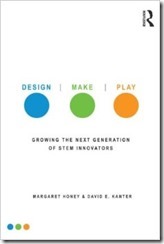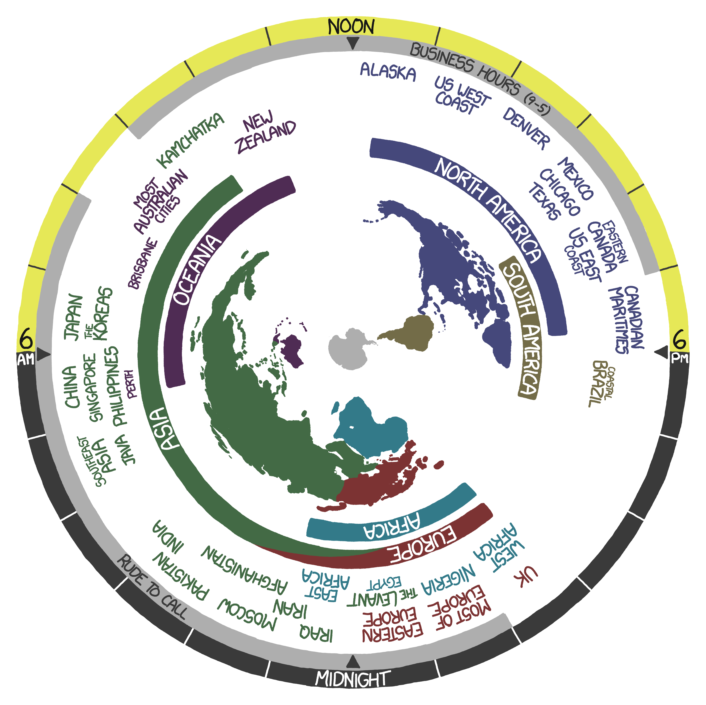-
-
Book: Design, Make, Play: Growing the Next Generation of STEM Innovators
 Design, Make, Play: Growing the Next Generation of STEM Innovators is a resource for practitioners, policymakers, researchers and program developers that illuminates creative, cutting edge ways to inspire and motivate young people about science and technology learning. The book is aligned with the National Research Council’s new Framework for Science Education, which includes an explicit focus on engineering and design content, as well as integration across disciplines. Extensive case studies explore real world examples of innovative programs that take place in a variety of settings, including schools, museums, community centers, and virtual spaces. Design, Make, and Play are presented as learning methodologies that have the power to rekindle children’s intrinsic motivation and innate curiosity about STEM (science, technology, engineering, and mathematics) fields. A digital companion app showcases rich multimedia that brings the stories and successes of each program—and the students who learn there—to life.
Design, Make, Play: Growing the Next Generation of STEM Innovators is a resource for practitioners, policymakers, researchers and program developers that illuminates creative, cutting edge ways to inspire and motivate young people about science and technology learning. The book is aligned with the National Research Council’s new Framework for Science Education, which includes an explicit focus on engineering and design content, as well as integration across disciplines. Extensive case studies explore real world examples of innovative programs that take place in a variety of settings, including schools, museums, community centers, and virtual spaces. Design, Make, and Play are presented as learning methodologies that have the power to rekindle children’s intrinsic motivation and innate curiosity about STEM (science, technology, engineering, and mathematics) fields. A digital companion app showcases rich multimedia that brings the stories and successes of each program—and the students who learn there—to life. -
KICKSTARTER: LIX – The Smallest 3D Printing Pen in the World
LIX – The Smallest 3D Printing Pen in the World
Lix 3D pen enables you to doodle in the air. This professional tool offers you the comfort and pushes your creativity to another level.
(some of video scenes have accelerated speed)
(hi-res video vimeo.com/89303153)
Little Things Can do Bigger Ideas.
Lix Pen is the new era of communication.
Want to create what you imagine? How about writing and drawing without paper? Writing and drawing in the air is now possible with LIX, a 3D printing pen! This extraordinarily professional tool will chalenge your deepest creativity

Basic Information about LIX
What It Is
Basically, Lix is a professional tool that enables you to sketch in the air without using paper.
Lix 3D pen is a dream coming true. With Lix 3D Pen you can create anything from small to big, from details to prototypes. It allows you to express your creativity on a whole new level. We are changing the world’s view on 2D as we are now giving the possibility to make your creations in 3D in an never-been-so-easy way!
-
XKCD: World Clock

Engineering, Management, Technology Consulting
